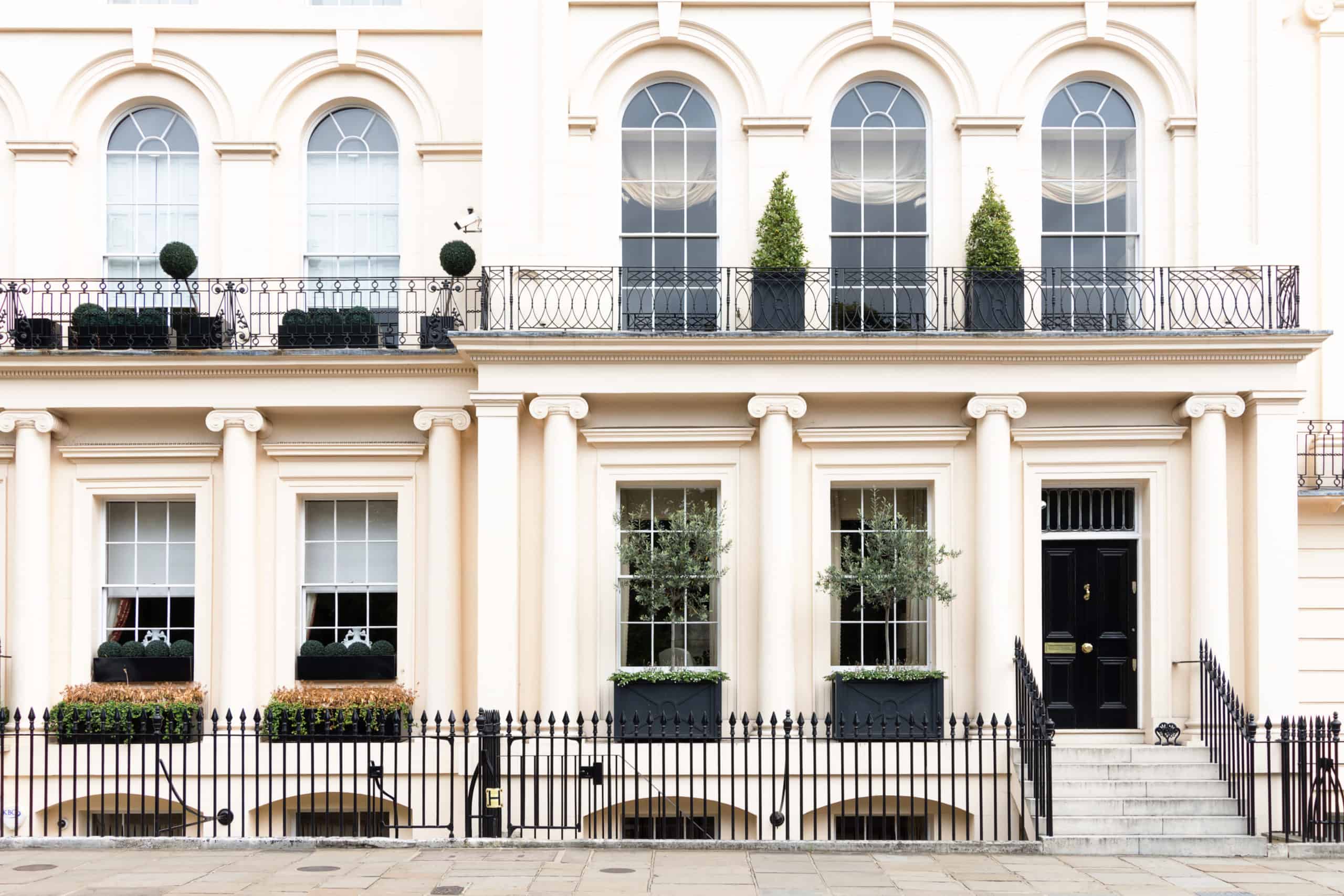Flexible Furlough: The Latest Guidance.

Written by Tim Wilkinson
On 12 June 2020 the Government published new Guidance on the Coronavirus Job Retention Scheme, with effect from 1 July 2020 until 31 July 2020, at which point further changes will be made. The Guidance can be found here. In essence, Flexible Furlough allows employees to return to work for part of the time and remain furloughed for the remaining period that they would normally work. This article sets out the highlights.
Eligibility
Significantly, the three-week minimum period of furlough has been removed. Employees can be brought back to work for any amount of time, on any work pattern.
Employees can only be furloughed if they have previously been furloughed for three consecutive weeks between 1 March and 30 June 2020. The Scheme is closed to new entrants after 30 June 2020, save for when an employee is returning from maternity, shared parental, adoption, paternity or parental bereavement leave after 10 June 2020), and:
i. Where a claim has been submitted by the employer for another employee, within the organisation, in relation to a period of furlough of at least three weeks;
ii. The relevant leave started prior to 10 June 2020 and the employee returned after that date;
iii. The employee was on the PAYE payroll on or before 19 March 2020.
The number of employees an employer can claim furlough for on or after 1 July 2020 must not exceed the maximum number claimed for prior to that date.
If an employee starts but fails to complete a new minimum three-week period prior to 1 July 2020, they must complete the three-week period prior to being eligible for flexible furlough (subject, as above, to the employer having previously claimed for a consecutive three-week period for that employee). Although the three-week period starting in June 2020 and finishing in July 2020 is consecutive, separate claims must be made for the time on furlough in each month.
Claims
Employees can return to work and employers can claim through the Scheme for the remaining hours that the employee would normally have worked.
The Guidance includes examples of how to calculate claims for grants. Essentially, for a straightforward fixed salary employee, an employer needs to divide usual pay (the wages in the pay period prior to 19 March 2020) by the number of days in the calculation period, multiply by the number of days’ furlough and multiply by 80%. The Guidance provides an example here. Where an employee’s pay varies the employer will still need to calculate the baseline usual hours worked, in order to divide the usual pay and multiply by the furloughed hours. Detailed explanations have been provided here and there is a calculator here.
Claims can still be made for Class 1 employer National Insurance contributions (on the amount claimed on furlough) and mandatory pension contributions (until 31 July 2020). Any claim made must be in respect of a period starting and ending in the same month. The claim period must be for at least seven days, unless it includes the first or last day of the month and a claim has been made for the period immediately prior.
Claims for any period on or before 30 June 2020 must end on or before 30 June 2020 (even when on furlough full-time and/or continuously both before and after 1 July 2020). A new claim must be made for the period starting 1 July 2020. Any claim for the period prior to 1 July 2020 must be made by 31 July 2020.
Records
The new flexible arrangement will need to be agreed with the employee and a written record kept of that agreement. Records, including hours normally worked, hours actually worked and calculations made, must be kept for six years.
Beyond 31 July 2020
Looking ahead, the Guidance makes it clear that:
1) From 1 August 2020, the monthly cap will remain at 80% of employee wages, capped at £2,500, but the employer will responsible for employer National Insurance and pension contributions;
2) From 1 September 2020, employers will have to pay 10% towards an employee’s wages;
3) From 1 October 2020, the employer contribution will rise to 20%;
4) The furlough scheme will end on 31 October 2020.










